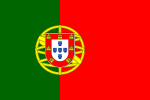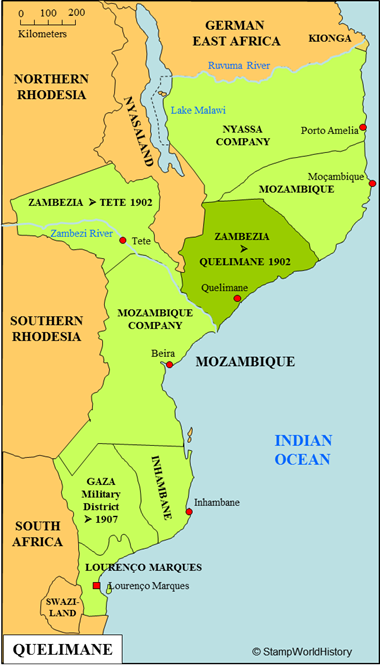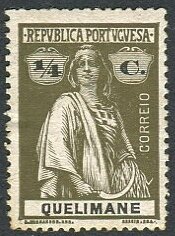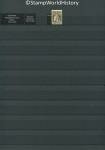
Mozambique
Portuguese possession
Quick reference
General issues: Portuguese colony, district 1914-1920
Country name on general issues: Quelimane
Currency: 1 Escudo = 100 Centavos
Population: No statistics available – a rough estimate would suggest the population to have been in the order of 400 000 to 450 000 in 1900
Political history Quelimane
Quelimane was a district of the Portuguese colony of Mozambique in eastern Africa. The Portuguese had, since the 16th century, established themselves in Mozambique. When Mozambique was awarded to Portugal at the 1885 Berlin conference, where the colonial powers divided their respective spheres of influence in Africa, it was a prerequisite for continued recognition of territorial claims that effective colonial rule would be established. The Portuguese had little resources available to actually do so and thus large parts of Mozambique were transferred to chartered companies for further development – the Mozambique Company and the Nyassa Company. At the same time the colonial administration was modernized. In 1894, districts were formed, each with a governor reporting to a high commissioner, who in turn reported to the Cortes – the Portuguese parliament in Lisbon. With the formation of these districts, elements of the colonial administration and judiciary system came to be organized on district level – the postal administration being one of them.
In 1894, the district of Zambezia was formed. At the time, only parts of Zambezia were under effective control of the Portuguese. When, in 1902, most of Zambesia was ‘pacified’, the Zambesia district was split into the districts of Quelimane and Tete. Quelimane is the most densely populated district of Mozambique. Due to the quality of the soil, the suitable climate and the availability of irrigation from the tributaries of the Zambezi River, Quelimane has become an agricultural district with a variety of crops. Quelimane is the district where, in colonial times, the ‘prazo’ system was most extensively used: land was leased to Portuguese settlers for a number of years giving the settlers exclusive right over the land. A system that led to the development of large plantations – and to forced labor and expropriation of the indigenous farmers. Economic development was, furthermore, put in the hands of private companies such as the Zambesia Company. The capital of Quelimane is also called Quelimane – a port founded in the times of Arab trade in Mozambique, before the arrival of the Portuguese and taken over by the Portuguese in the 16th century.
Currently, the district of Quelimane is the Zambezia province of Mozambique.
Postal history Quelimane
Quelimane has issued stamps in 1914. The first set are overprints issued for the new currency that was introduced in Mozambique in 1912. It is interesting to note that, for this overprint, stamps of the 1898 Vasco da Gama issue for all of Portuguese Africa and stamps of Macau and Timor have been used. Later, in 1914, a set of definitives was issued of the Ceres type common to Portugal and the Portuguese colonies.
The stamps of Quelimane have been used until 1920, when they were superseded by the general issues for Mozambique.[1] I have some open questions on the postal history of Quelimane. The Quelimane district was formed in 1902 but did not issue stamps until 1914. Also, the Zambezia district was dissolved in 1902 but kept on issuing stamps for more than a decade and a half after that. Apparently, Zambezia stamps were used before, and in concurrence with, the Quelimane issues. Resources used have not provided a conclusive answer on what the exact postal arrangements were in this period.
Album pages
← Previous page: Portuguese GuineaNext page: Réunion →



